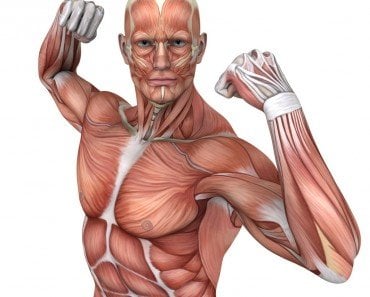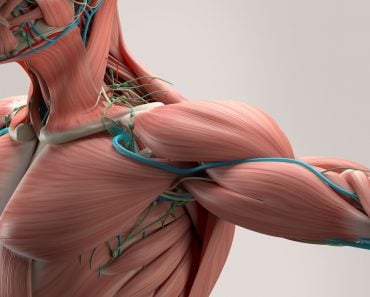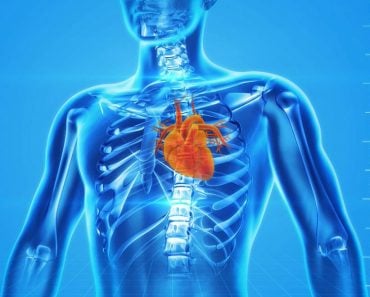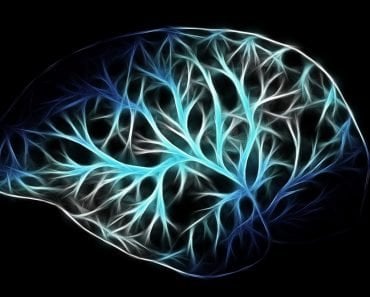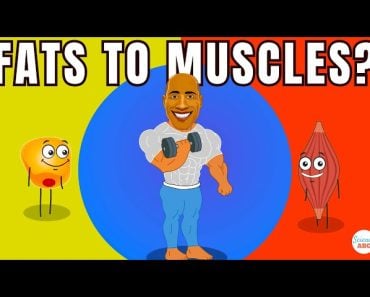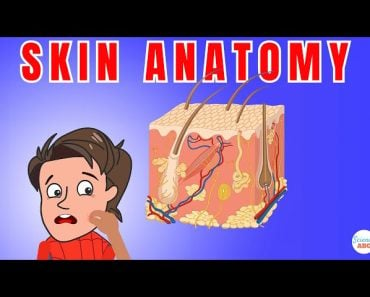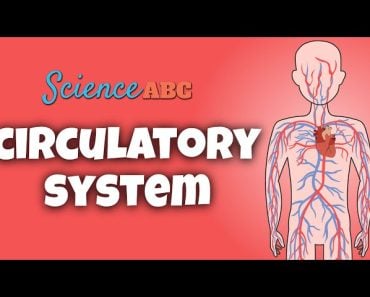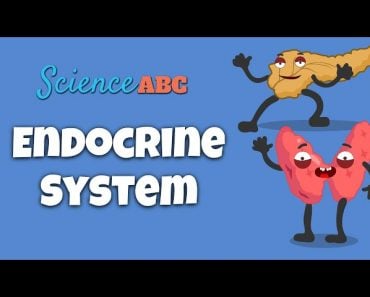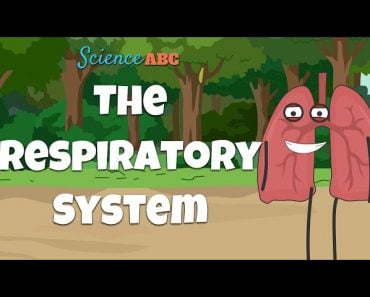Table of Contents (click to expand)
There are three types of muscles in the human body: skeletal, smooth, and cardiac. Skeletal muscles are attached to bones and are under voluntary control, while smooth and cardiac muscles are not under voluntary control.
When you meet someone you like, your face lights up and a pleasant smile is beamed to the person; you may even give the person a hug or extend your hand for a shake. However, when you come across someone you don’t like, you might roll your eyes or a frown might form on your face. All these gestures and movements happen due to the existence of muscles in your body.
There are more than 600 muscles in your body and all of them help you perform various functions and activities, some that you may like, such as playing sports, walking, running or laughing, as well as some that you may not like, such as washing dishes, throwing out the trash, cleaning your bedroom, etc. Skeletal muscles are attached to bones, which help us move our limbs, whereas muscles in our face are attached under the skin and help us raise our eyebrows, clench our teeth, smile, frown, etc.
One very powerful muscle in our head and neck region is the tongue. Yes, our tongue is actually a group of muscles attached at one end, while the other loose end helps us talk and chew. Smooth muscles and cardiac muscles are not controlled by our will and truly have a mind of their own! They sense what our body needs and act accordingly so they’re called involuntary muscles.
Recommended Video for you:
Classification Of Muscles
Broadly speaking, there are three parameters used to classify muscles:
Based On Control
There are some muscles whose actions are under your control and others whose actions are not controlled by your will. Skeletal muscles are controlled by your intentions and are called “voluntary muscles”. When you feel like changing sides while sleeping or feel like eating that nice cookie in front of you, you’re able to move your limbs/body accordingly with the help of voluntary skeletal muscles, which are attached to your bones and help in movement. On the other hand, muscles in your heart (cardiac muscles) don’t wait for any signals or instructions from you, but instead work relentlessly to cope with the demands of your body, almost as though they have a mind of their own. Smooth muscles also function in a similar manner, which is why cardiac muscles and smooth muscles are called involuntary muscles. Muscles of the uterus, urinary bladder, stomach, and digestive system are all examples of smooth muscles. The smooth muscles of the digestive tract enable daily activities, such as eating. When you’re done chewing your food, the smooth muscles relax and help the food travel down through your digestive tract. In fact, when you’re unwell and feel like throwing up, these smooth muscles contract and help you push the food out of the stomach and out of your mouth. In a similar way, the smooth muscles in the urinary bladder stay in a contracted state when our bladders are full and only relax when we can get to the washroom.
Based On The Presence/absence Of Striations
Smooth muscles come without any striations or transverse lines, whereas skeletal and cardiac muscles show the presence of cross-striations or transverse lines.
Based On The Situation
Depending on where the muscles are located and what their actions are, they will be categorized as skeletal, smooth or cardiac muscles. While all these muscles differ on a cellular level and structure, their actions ultimately culminate into work and movement.
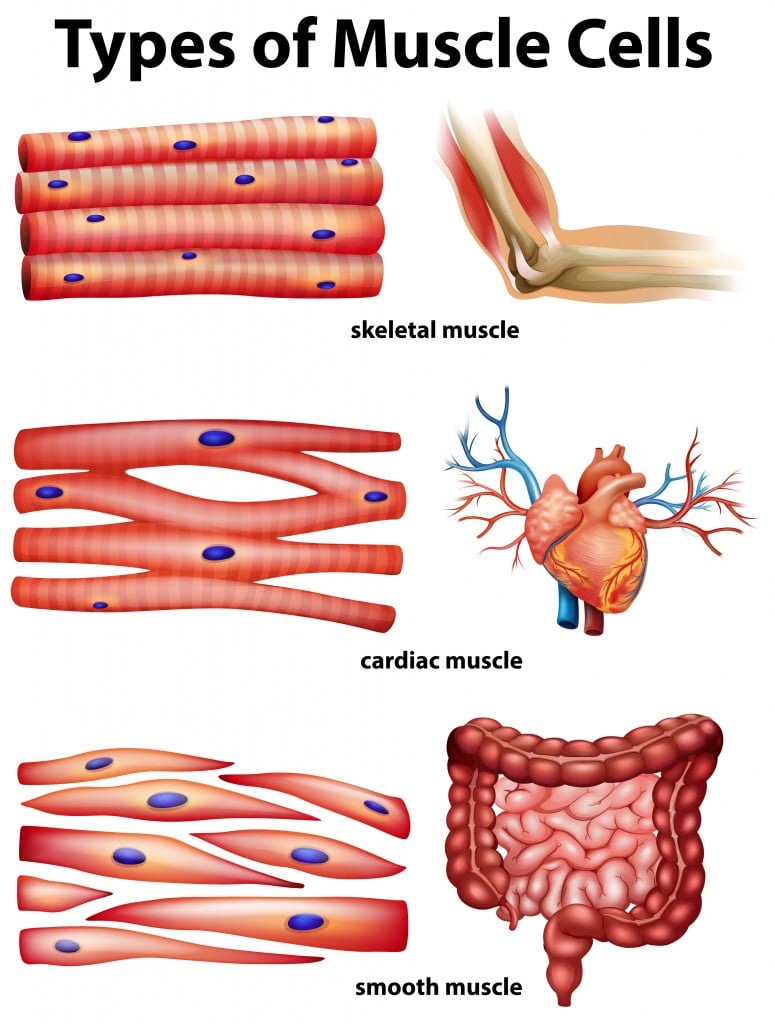
Skeletal muscles
These are associated with the bones in our body and are a part of our musculoskeletal system. This is the only muscle type under voluntary control, and in an individual with a normal body mass index, it constitutes about 40% of their body weight. The striated skeletal muscles are connected to bones via a connector called a tendon. Tendons are cords made of dense connective tissue and behave like bridges between muscles and bones. When a muscle contracts, the tendon moves and helps the attached bone move as well. Within the muscle fibers lies the basic functional unit of the fiber, called the sarcomere. This is where all the contraction takes place.
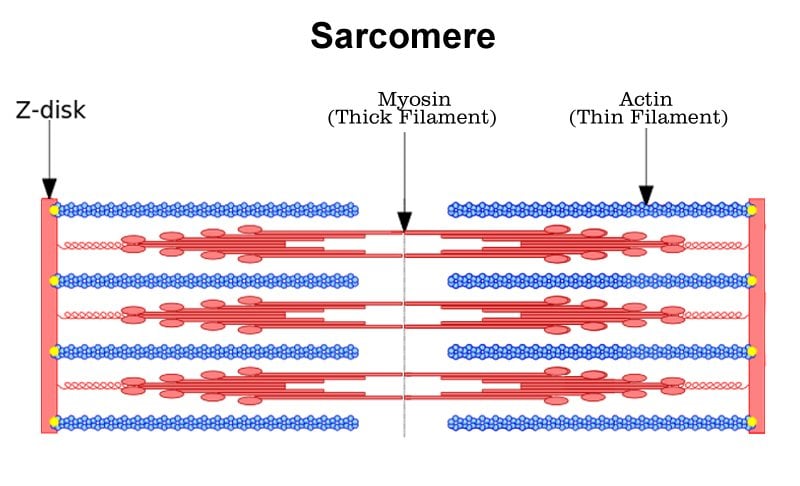
A sarcomere looks like a mesh of parallel lines—some thick and some thin. The outside borders of each sarcomere are lined by Z-discs. These Z-discs anchor a set of lines called thin filaments. There is another set of lines running from the opposite direction between these thin filaments, which are called thick filaments. The overlap between the thick and thin filaments is what results in contraction; the more these two filaments overlap, the more the muscle contracts. Skeletal muscles, in general, come in different shapes and sizes. The muscles in your neck are smaller than the muscles in your back, but all of them are capable of a rather amazing range of movements, but can also get tired and fatigued.
Cardiac muscles
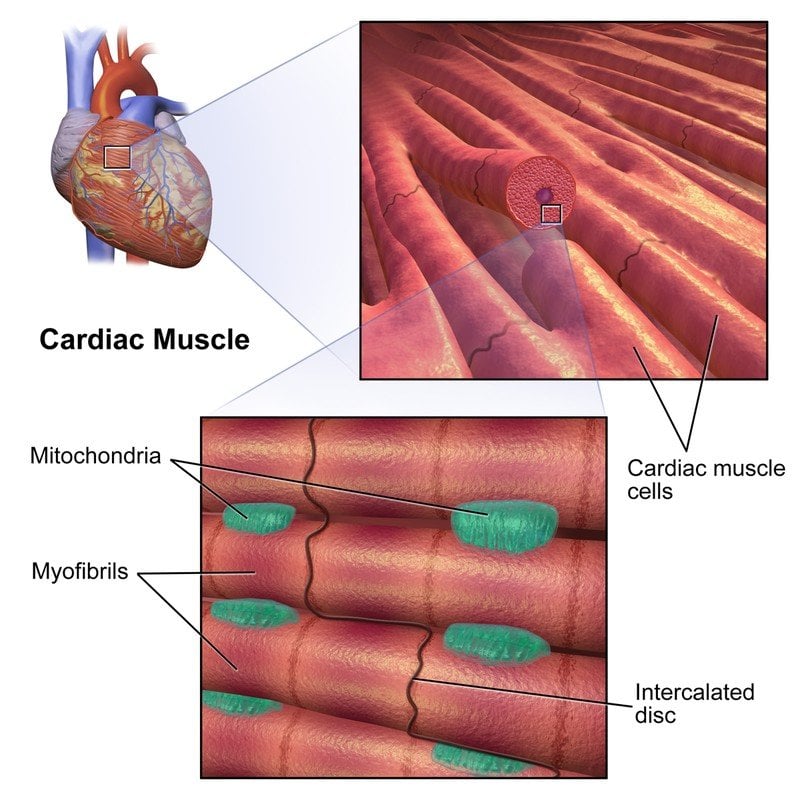
Muscles of the heart are involuntary muscles that measure about 80–100 µ in length and roughly 15-20 µ in diameter. These are striated muscles, innervated by the autonomic nerves, and capable of functioning without any command from us. However, they gauge the demands being placed on the body and the need to make the heart function at a faster or slower rate. Cardiac muscles contract to pump the blood out and then relax to allow the blood to enter the heart again after it has circulated in the body. These muscles work non-stop and are the hardest-working muscles in the body. Cardiac muscle fibers are branched and show the presence of a single nucleus. The branched fibers are connected to each other by intercalated discs, which enable the heart muscle cells to contract in a wave-like fashion. Just like skeletal muscle fibers, cardiac muscles also show the presence of sarcomeres and display a similar organization.
Smooth muscles
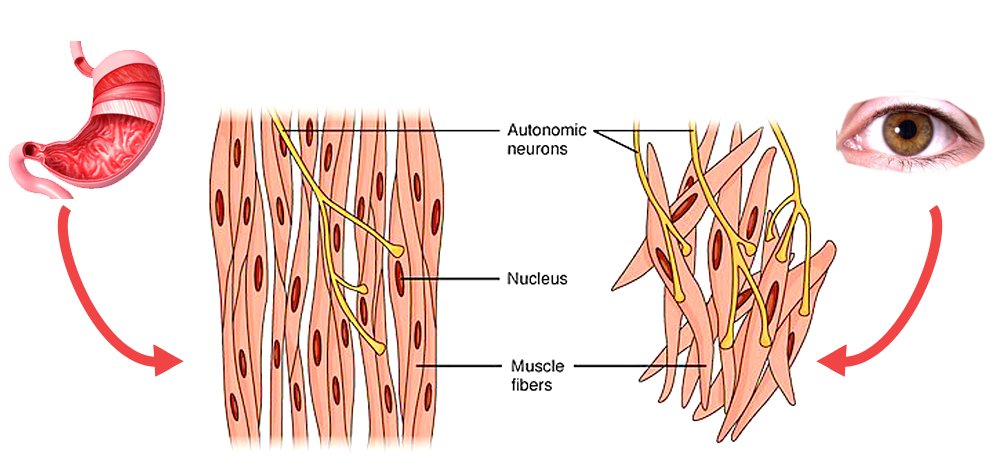
These muscles line the internal organs of our body, including the lungs, abdomen, bladder, intestines, blood vessels, etc. They derive the name “smooth” from the fact that they are not striated. Like cardiac muscles, smooth muscles are also involuntary muscles and are linked by the autonomic nerves. Their fibers are elongated, spindle-shaped and unbranched, with the presence of a single nucleus. These muscles lack the presence of sarcomeres, but they do have actin and myosin contractile proteins, as well as thick and thin filaments. These filaments are anchored to dense bodies, similar to the Z-discs of skeletal muscles. Smooth muscles form the main contractile units of the walls of various internal organs and enable their functioning, without us really applying our minds to those actions.
All the muscles in our body are specialized contractile machines that act either on our will or on our body’s will, and allow us to accomplish multiple daily functions that make our life easier—and possible!

